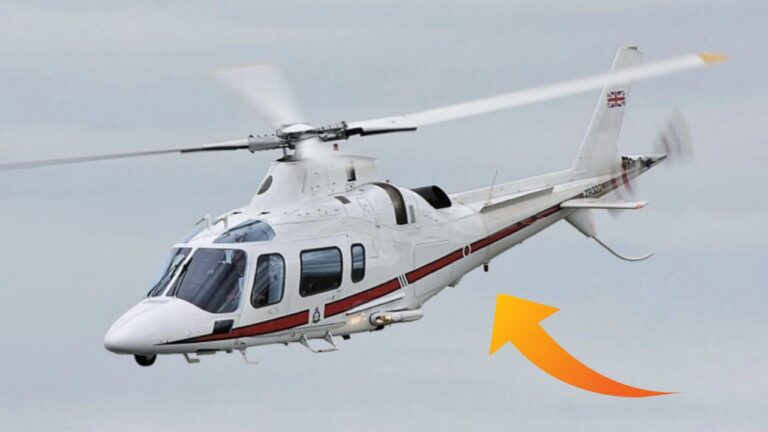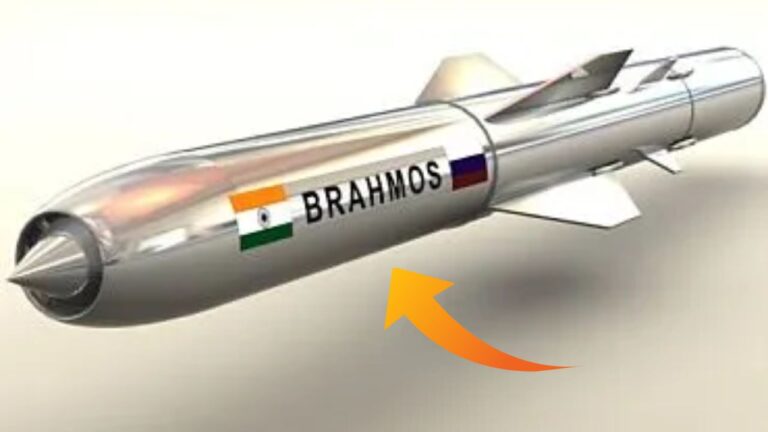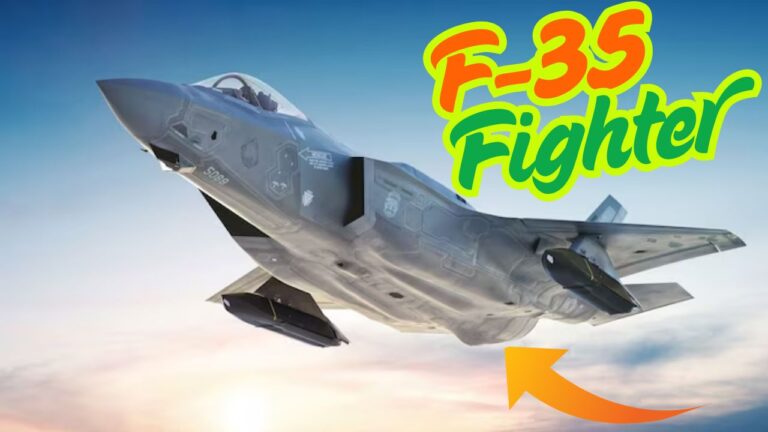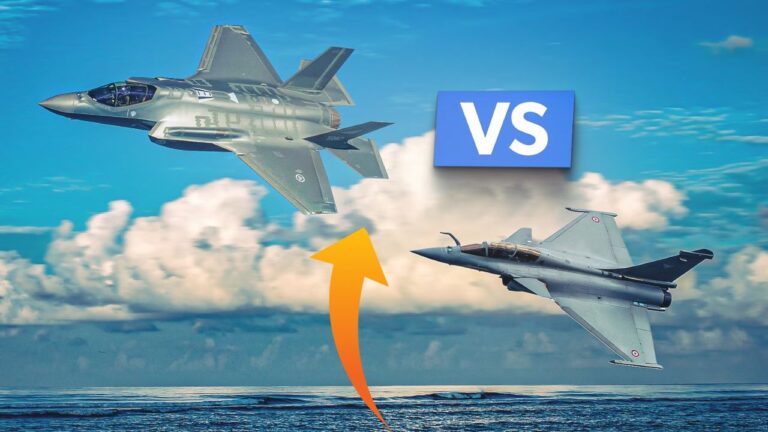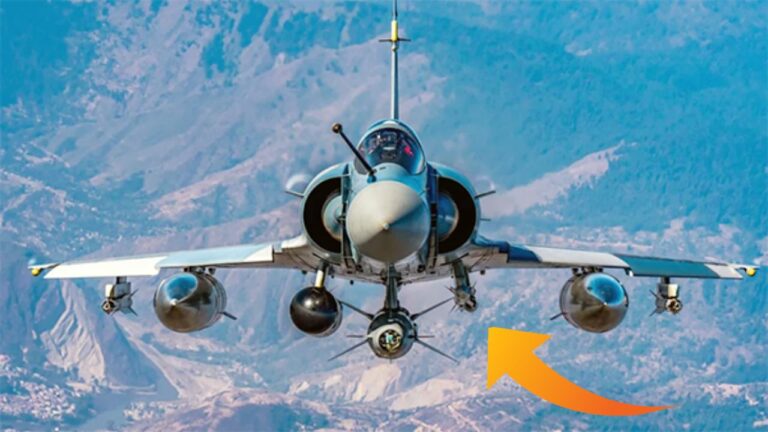Jf 16 Fighter Jet Price in Rupees, Top-speed, Specifications and Characteristics
The JF-17 Thunder, also known as the JF-16 in some references, is a lightweight, multi-role combat aircraft jointly developed by Pakistan Aeronautical Complex (PAC) and China’s Chengdu Aircraft Corporation (CAC). Designed to be a cost-effective yet highly capable fighter, the JF-17 is a key asset of the Pakistan Air Force (PAF) and has also attracted interest from other nations.
With an estimated price of around $25–30 million (approximately ₹200–250 crore in rupees, depending on configuration and exchange rates), the JF-17 offers advanced avionics, a top speed of Mach 1.6 (~1,970 km/h), and a combat range of over 1,200 km. It features a modern fly-by-wire system, in-flight refueling capability, and can carry a variety of air-to-air and air-to-ground munitions, including SD-10 beyond-visual-range missiles.
The jet’s lightweight design, affordability, and upgradability make it a competitive option in the global fighter market, balancing performance with cost-efficiency for modern air forces.
Jf 16 Fighter Jet Price in Rupees
The JF-17 Thunder (sometimes mistakenly called JF-16) is a cost-effective, multi-role fighter jet developed by Pakistan and China. Its price varies based on configuration, but a standard JF-17 Block II costs around 25–30million (approximately ₹200–250 crore in Indian rupees, depending on exchangerates). More advanced versions, likethe JF−17BlockIII, maycost 40–50 million (₹330–420 crore) due to upgraded avionics, an AESA radar, and enhanced weapons compatibility.
Top-speed
The JF-17 Thunder has a top speed of Mach 1.6 (around 1,970 km/h or 1,225 mph) at high altitude.
Speed Performance Details:
-
Maximum Mach Number: 1.6 (slightly lower than advanced fighters like the F-16)
-
Service Ceiling: 55,000 ft (16,700 m)
-
Rate of Climb: 50,000 ft/min (254 m/s) – impressive for its class
Comparison with Other Fighters:
-
F-16 Fighting Falcon: Mach 2.0 (~2,120 km/h)
-
Mirage 2000: Mach 2.2 (~2,336 km/h)
-
Tejas Mk1A: Mach 1.8 (~2,205 km/h)
Specs
| Category | Specification |
|---|---|
| Manufacturer | PAC (Pakistan) / CAC (China) |
| Role | Multi-role fighter (air superiority, ground attack, reconnaissance) |
| Unit Cost | 25–30M(BlockII)/40–50M (Block III) (~₹200–420 crore) |
| Top Speed | Mach 1.6 (1,970 km/h or 1,225 mph) |
| Combat Range | 1,200 km (with internal fuel) |
| Ferry Range | 3,000 km (with external fuel tanks) |
| Service Ceiling | 55,000 ft (16,700 m) |
| Rate of Climb | 50,000 ft/min (254 m/s) |
| Thrust | 1 × RD-93/WS-13 turbofan (19,000 lbf with afterburner) |
| Avionics | KLJ-7A AESA radar (Block III), HMDS, EW suite, IRST (optional) |
| Armament | 7 hardpoints – PL-15 (BVR), PL-12, PL-5E-II (AAMs), LD-10 (ARM), bombs, rockets |
| Cannon | 1 × 23mm GSh-23-2 twin-barrel (260 rounds) |
| Crew | 1 (single-seat) / 2 (JF-17B twin-seat trainer) |
Alternatives
| Fighter Jet | Country | Top Speed (Mach) | Unit Cost (USD) | Range (km) | Key Strengths | Weaknesses |
|---|---|---|---|---|---|---|
| JF-17 Block III | Pakistan/China | 1.6 | $40–50M | 1,200 | AESA radar, PL-15 BVR missile, cost-effective | Limited payload, lower speed than rivals |
| F-16V Viper | USA | 2.0 | $64–80M | 4,220 | Superior avionics, combat-proven, high payload | Expensive, export restrictions |
| Tejas Mk1A | India | 1.8 | $42–50M | 1,700 | AESA radar, Israeli/Indian weapons, agile | Limited combat experience, small payload |
| Gripen E/F | Sweden | 2.0 | $85–100M | 1,500 | Advanced EW, network-centric warfare | Very high cost for a light fighter |
| Mirage 2000-9 | France | 2.2 | $45–60M (used/upgraded) | 1,550 | Great dogfighter, mature design | Aging airframe, limited upgrades |
| KAI FA-50 | South Korea | 1.5 | $30–50M | 1,800 | LCA trainer/fighter hybrid, affordable | Light armament, not a full-fledged fighter |
What it Can Do
1. Air Superiority & Dogfighting
✔ Beyond Visual Range (BVR) Combat – Equipped with PL-15 (150+ km range) and PL-12 missiles to engage enemies before they get close.
✔ Close Combat (WVR) – PL-5E-II infrared missiles + 23mm GSh-23-2 cannon for dogfights.
✔ High Agility – Fly-by-wire controls and decent thrust-to-weight ratio for quick maneuvers.
2. Ground Attack & Bombing
✔ Precision Strikes – Can deploy guided bombs (LS-6, GBU-12) and anti-ship missiles (C-802A).
✔ Cluster Munitions & Rockets – For area suppression and unguided strikes.
✔ Anti-Radiation Missiles (LD-10) – For SEAD missions (destroying enemy radars/SAMs).
3. Reconnaissance & Electronic Warfare
✔ Pod-Based ISR – Can carry recce pods for surveillance missions.
✔ Electronic Countermeasures (ECM) – Block III has improved jamming/EW protection.
4. Maritime Strike
✔ Anti-Ship Capability – C-802A & CM-400AKG missiles (range ~180-250 km) to target warships.
5. Nuclear Strike (Rumored)
✔ Pakistan may have modified some JF-17s to deliver tactical nuclear weapons, though unconfirmed.
6. Training & Export Flexibility
✔ Two-Seat JF-17B – Used for pilot training with full combat capability.
✔ Low-Cost Maintenance – Easier to operate than heavier fighters (like F-16 or Su-30).
FAQs
1. Is the JF-17 a 4th or 5th-generation fighter?
-
Answer: It’s a 4th-generation lightweight fighter (upgraded to 4.5-gen in Block III with AESA radar, HMDS, and BVR missiles).
-
Not a 5th-gen jet (no stealth, supercruise, or advanced sensor fusion like the F-35).
2. Which countries use the JF-17?
-
Primary User: Pakistan Air Force (PAF) (~150+ jets).
-
Export Customers:
-
Myanmar (16 JF-17M)
-
Nigeria (3 JF-17NI)
-
Azerbaijan (reportedly interested)
-
Iraq & Argentina (considered, but deals pending).
-
3. Can the JF-17 beat the F-16 or Rafale in combat?
-
Answer: Not in a direct fight—it lacks the thrust, radar range, and payload of high-end fighters.
-
But… With smart tactics (ambush BVR strikes, swarm attacks) and networked warfare, it can be a threat.
4. Why is it called “JF-16” sometimes?
-
Answer: Misnomer—it’s JF-17 “Thunder” (no official “JF-16” exists). Some confuse it with the F-16 due to similar roles.
5. What’s the difference between JF-17 Block II & Block III?
| Feature | Block II | Block III |
|---|---|---|
| Radar | KLJ-7 (Mech.) | KLJ-7A (AESA) |
| BVR Missile | PL-12 (SD-10) | PL-15 (200km+) |
| EW Suite | Basic | Advanced ECM |
| Cockpit | Analog + MFDs | Large touchscreen HUD |
6. Can the JF-17 carry nuclear weapons?
-
Answer: Unconfirmed, but likely—Pakistan may have modified some for tactical nukes (like the Ra’ad ALCM).
7. How does it compare to India’s Tejas Mk1A?
| Metric | JF-17 Block III | Tejas Mk1A |
|---|---|---|
| Speed | Mach 1.6 | Mach 1.8 |
| Radar | KLJ-7A (AESA) | EL/M-2052 (AESA) |
| Cost | $40M | $50M |
| Range | 1,200 km | 1,700 km |
-
Verdict: Tejas has better range & radar, but JF-17 has more combat experience & cheaper missiles.
8. What’s the biggest weakness of the JF-17?
-
Answer: Limited engine power (RD-93/WS-13)—restricts speed, payload, and future upgrades.
9. Will there be a JF-17 Block IV?
-
Rumors: Possible stealthier design, more composites, WS-13 engine upgrade—but no official confirmation.
10. Can it compete with the Turkish Kaan or Chinese J-20?
-
Answer: No—those are 5th-gen stealth jets; the JF-17 is a budget 4.5-gen fighter for different missions.
Conclusion
The JF-17 Thunder is a budget-friendly, versatile fighter jet. It suits nations wanting a modern 4.5-generation combat aircraft without the high costs of Western or Russian options. Its AESA radar (Block III), BVR missiles (PL-15), and multi-role capabilities help it compete against rivals like India’s Tejas Mk1A and South Korea’s FA-50. While it doesn’t match the speed, payload, and stealth of advanced fighters like the F-16V or Rafale, its affordability, ease of maintenance, and upgradability make it a smart choice for air superiority, ground attack, and maritime missions.
Pakistan’s successful deployment and rising export interest in countries like Myanmar and Nigeria show its reliability. There are also potential deals with Azerbaijan. However, its limited engine power and smaller weapons payload may hinder its performance in high-intensity conflicts. For developing air forces, the JF-17 is a cost-efficient solution, but it won’t replace top-tier fighters in full-scale war. Future upgrades, like Block IV, could boost its combat potential.



